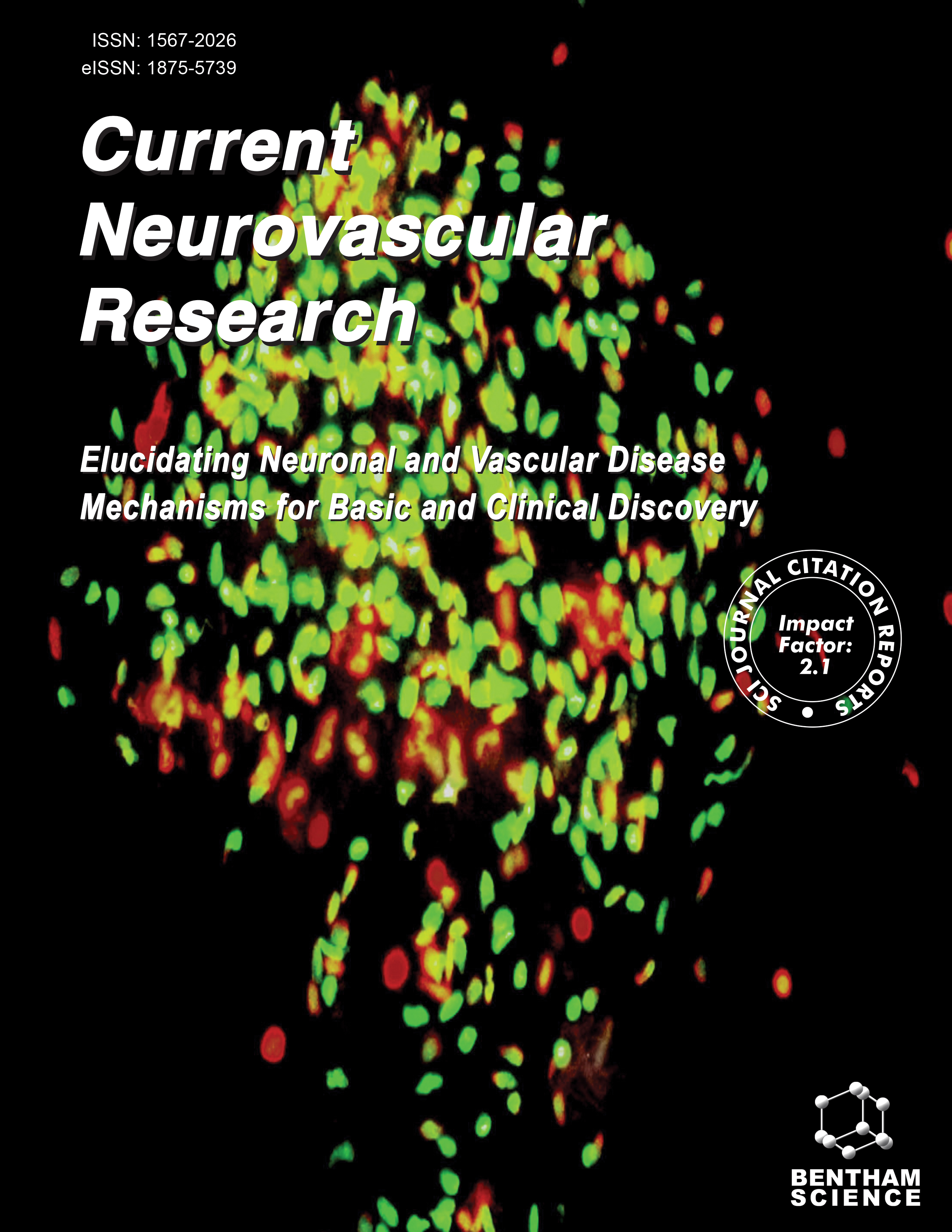
Full text loading...
We use cookies to track usage and preferences.I Understand
Electroacupuncture (EA) exerts a protective role in Blood-brain Barrier (BBB) damage after ischemic stroke, but whether this effect involves the regulation of the pericytes in vitro is unclear.
The in vitro BBB models were established with brain microvascular endothelial cells (BMECs) and pericytes, and the co-cultured cells were randomly divided into three groups: the control group, oxygen-glucose deprivation/reoxygenation (OGD/R) group and EA group. OGD/R was performed to simulate cerebral ischemia-reperfusion in vitro. EA serum was prepared by EA treatment at the “Renzhong” (GV26) and “Baihui” (GV20) acupoints in middle cerebral artery occlusion/reperfusion rats. Furthermore, the characteristics of BMECs and pericytes were identified with immunological staining. The cell morphology of the BBB model was observed using an inverted microscope. The function of BBB was measured with transendothelial electrical resistance (TEER) and sodium fluorescein, and the viability, apoptosis, and migration of pericytes were detected by cell counting kit-8, flow cytometry, and Transwell migration assay.
BMECs were positive staining for Factor-VIII, and pericytes were positive staining for the α-SMA and NG2. EA serum improved cell morphology of the BBB model, increased TEER and decreased sodium fluorescein in OGD/R condition. Besides, EA serum alleviated pericytes apoptosis rate and migration number, and enhanced pericytes viability rate in OGD/R condition.
EA serum protects against BBB damage induced by OGD/R in vitro, and this protection might be achieved by attenuating pericytes apoptosis and migration, as well as enhancing pericytes viability. The findings provided new evidence for EA as a medical therapy for ischemic stroke.

Article metrics loading...

Full text loading...
References


Data & Media loading...

